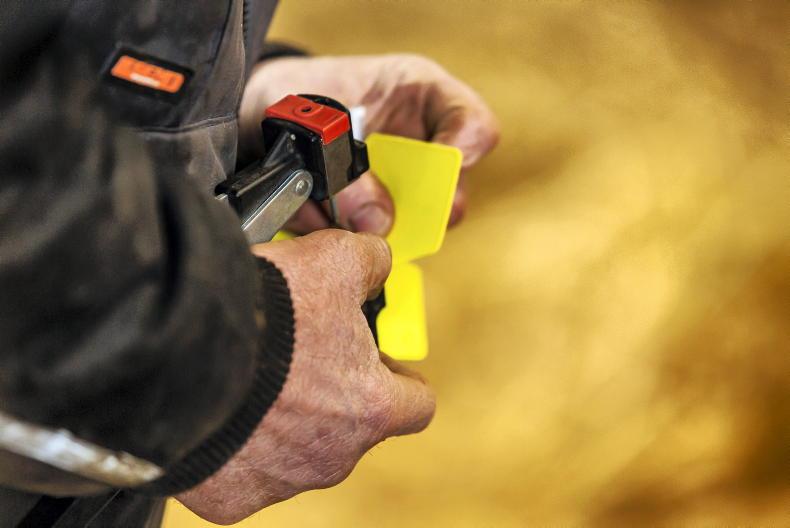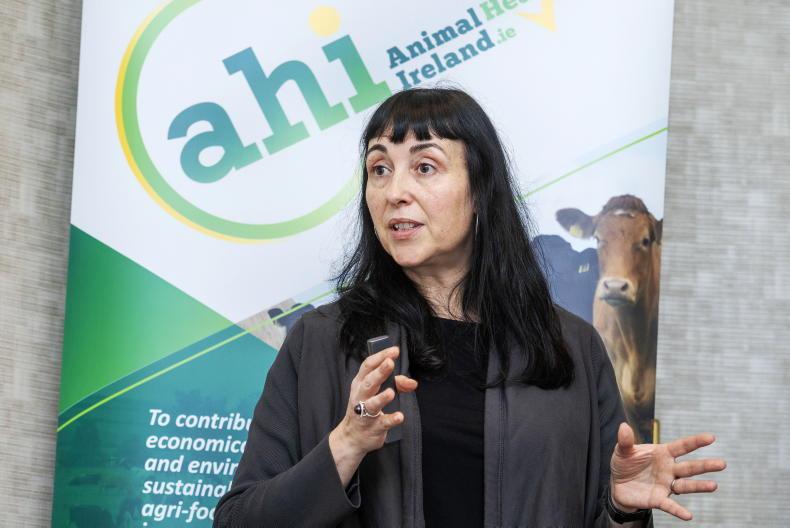It is imperative that the industry rapidly tightens the next BVD phase. Pressure must be kept up to finish the eradication of BVD in Scotland.
Our cattle herd has taken a massive amount of effort to get to this stage, through comprehensive testing and culling of persistently infected (PI) calves – oftentimes prime cattle.
As we move into phase five, the pace must not be let up or we are in jeopardy of letting the programme stall.
We must never forget the near eradication of BVD in Orkney, which failed because a couple of herds thought they would keep a few PIs on the place to vaccinate their cattle.
The assumption on Orkney that the disease was on the way out meant farmers dropped their vaccination programme, so when a couple stirks from the positive herd jumped the fence, the disease spread through all the naive cattle. This is an important lesson for the industry.
Unless we keep up the pace on eradicating BVD, farmers may drop their vaccination programme or even become more lax in the required biosecurity. That said, the vast majority of farmers have taken the programme seriously and made great efforts to play their part in the scheme.
Unlike more recent eradication programmes – such as in Northern Ireland – our scheme had a gentle start, which built tougher controls on a phased basis, gradually shifting the pressure on to those with active BVD on farm.
It would have been impossible to have started a stringent scheme requiring all calves to be tissue-tagged and PIs killed within a month. Firstly, there was little appetite for compensation from Government and, secondly, in order to work all farmers needed to take part, so a tough start would not have achieved the support needed to get the scheme off ground.
Tightening the net any further has been seriously affected by Government’s unwillingness to further restrict farmers in the run-up to the elections in 2015 and 2016. This has delayed the next phase and allowed the PI issue to escalate.
Compulsory removal of PIs is an attractive option to bring the programme into the final stages. However, the Government is unwilling to find the budget. Farmers who went through the expensive process of doing the right thing by removing PIs are treated unfairly when those yet to properly engage get financial benefit from PI removal.
What needs to happen now is that animals in herds posing a risk to the scheme – those termed “not negative” – need to be virus tested soon after birth, with tissue testing the ideal option. As soon as PI calves are identified, they should be isolated in a building to avoid risk to neighbours or to other cattle in the herd.
This impracticality, coupled with the inability to move stock off the holding, should leave early slaughter the only viable option.
This requires some regulatory changes to make it work. We need to force tissue-tag testing in not negative herds. Rules must also force farmers to house and isolate PI cattle, which would require spot checks to ensure compliance.
Excessive retention of PI animals should result in additional biosecurity requirements, like double fencing or housing cattle until the PI is removed.
We all have our part to play to encourage our peers to engage in eradication. The new positive status of herds with an active PI may help increase urgency, as farmers don’t want their businesses tarnished with the status. However, breakdowns can happen to anyone, and farmers who try their best to swiftly eradicate the issue should not find this too damaging to their business.
While naming and shaming farmers may be attractive, it is not without risk. Errors can be made, which can damage businesses, families and farming communities. However, if phase five does not significantly reduce PI numbers it cannot be ruled out.
The programme is starting to stutter, and if we do not get the next phase running soon we could go backwards.










SHARING OPTIONS